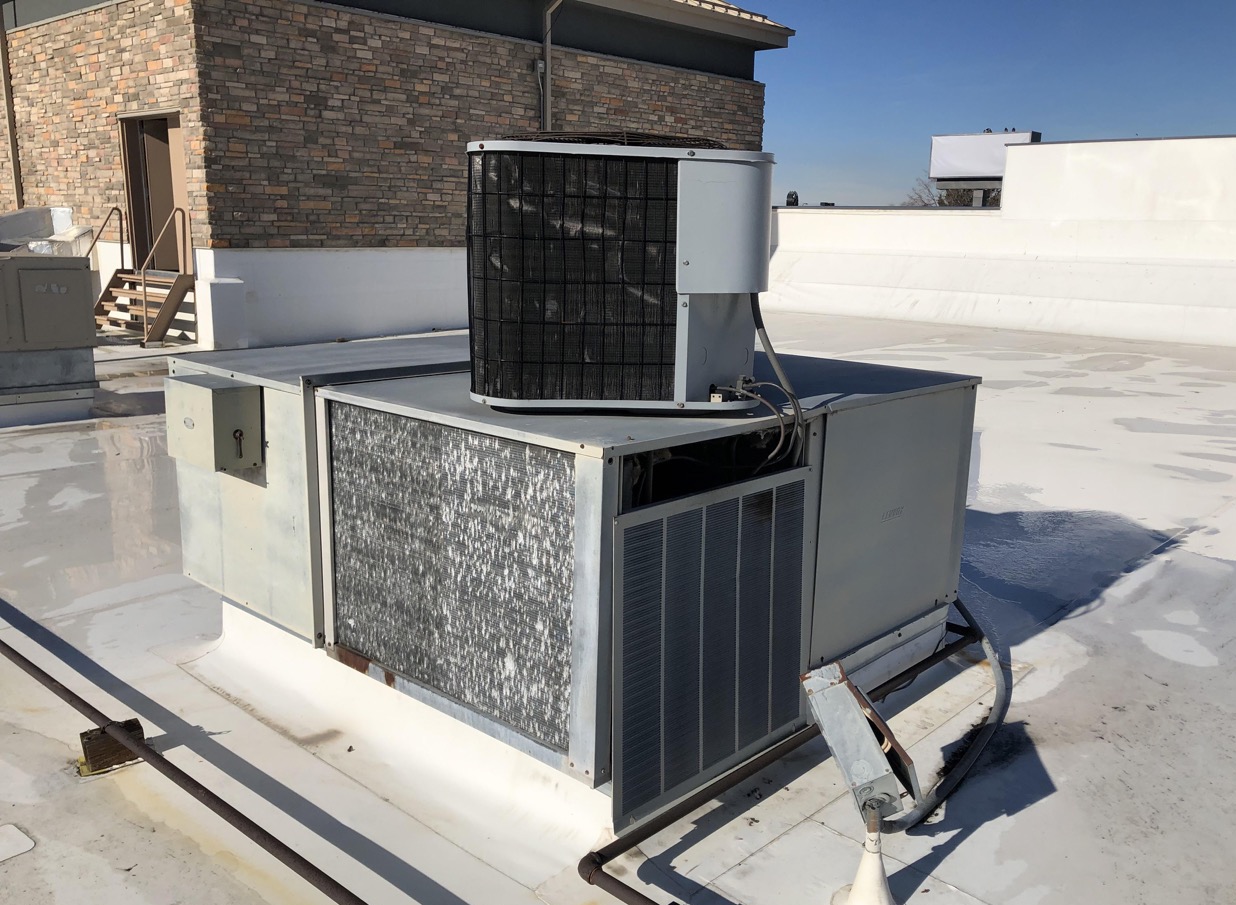

Articles
What Is A HVAC Split System
Modified: March 23, 2024
Discover everything you need to know about HVAC split systems in our informative articles. Get expert insights and tips for efficient cooling and heating solutions.
(Many of the links in this article redirect to a specific reviewed product. Your purchase of these products through affiliate links helps to generate commission for Storables.com, at no extra cost. Learn more)
Introduction
When it comes to heating and cooling your home, a HVAC split system is a popular and efficient choice. This system, also known as a ductless mini-split system, offers several advantages compared to traditional HVAC systems. Understanding how this system works and its components is essential for homeowners who are considering upgrading their heating and cooling system.
In simple terms, a HVAC split system consists of two main components: an outdoor unit, typically located outside the house, and one or more indoor units, mounted on the wall or ceiling inside the rooms. These units are connected by refrigerant lines, allowing the transfer of heated or cooled air between the indoor and outdoor units.
The primary function of the outdoor unit is to generate or extract heat from the air, depending on the desired temperature setting. It houses the compressor, condenser coil, and fans, which work together to facilitate the heat transfer process. The indoor units, on the other hand, are responsible for distributing the conditioned air within the rooms.
Unlike central HVAC systems that rely on ductwork to distribute air throughout the house, a HVAC split system operates without ducts. This makes installation easier and allows for greater flexibility in cooling or heating individual rooms or zones. It is an ideal solution for homes without existing ductwork or those looking for customizable climate control in specific areas.
One of the key benefits of a HVAC split system is its energy efficiency. Without ductwork, there is minimal air leakage and energy loss, which can be significant in traditional central HVAC systems. Each indoor unit operates independently, allowing homeowners to adjust the temperature in different rooms based on their preferences, leading to energy savings.
Additionally, a HVAC split system offers improved indoor air quality. The absence of ducts eliminates the potential for dust, allergens, and pollutants to accumulate and circulate throughout the house. The system is equipped with filters that help trap and remove airborne particles, ensuring a cleaner and healthier indoor environment for you and your family.
While there are several advantages to using a HVAC split system, it is important to consider some potential disadvantages as well. The initial cost of the system, including the purchase and installation, can be higher compared to traditional systems. However, the long-term energy savings and improved comfort may offset this higher upfront investment.
Moreover, HVAC split systems are generally not as effective in very large or multi-story homes, as they may require multiple indoor units to adequately cool or heat the entire space. Additionally, the indoor units can sometimes be visually intrusive, especially if not installed properly or in an aesthetically pleasing manner.
In the next sections, we will delve deeper into the components of a HVAC split system, how it works, and explore the various advantages and disadvantages. We will also provide some troubleshooting tips and maintenance guidelines to help you keep your system running smoothly for years to come.
Key Takeaways:
- HVAC split systems offer energy-efficient, customizable climate control with improved indoor air quality. While they may have higher upfront costs, their flexibility and ease of installation make them a popular choice for homeowners seeking efficient heating and cooling solutions.
- Regular maintenance and care are essential for optimal performance and longevity of HVAC split systems. Cleaning or replacing air filters, inspecting and cleaning the outdoor unit, and scheduling professional maintenance can ensure reliable, energy-efficient, and comfortable indoor environments.
Read more: What Is A Mini Split HVAC System
Definition of HVAC Split System
A HVAC split system, also known as a ductless mini-split system, is a type of heating and cooling system that consists of two main components: an outdoor unit and one or more indoor units. Unlike traditional central HVAC systems that rely on ductwork to distribute conditioned air throughout the house, a split system operates without ducts.
With a HVAC split system, the outdoor unit contains the compressor, condenser coil, and fans, which are responsible for generating or extracting heat from the air. The indoor units, on the other hand, are mounted on the wall or ceiling inside individual rooms and are responsible for distributing the conditioned air. This allows for more precise temperature control in different areas of the house.
The term “split system” refers to the separation of the heating and cooling components, with the indoor and outdoor units connected by refrigerant lines. These lines facilitate the transfer of heated or cooled air between the two units, allowing for efficient and effective climate control within the home.
One of the key advantages of a HVAC split system is its flexibility. Each indoor unit operates independently, which means you have the ability to set different temperatures in different rooms or zones. This allows for personalized comfort and the elimination of wasted energy on cooling or heating empty rooms.
Another benefit of a HVAC split system is its ease of installation. Since it doesn’t require ductwork, the installation process is typically less invasive and disruptive compared to traditional central HVAC systems. This makes it a great option for older homes without existing ducts or for homeowners who are looking for a more customizable and efficient heating and cooling solution.
In addition to its flexibility and ease of installation, a HVAC split system offers energy savings and improved indoor air quality. Without ductwork, there is minimal air leakage and energy loss, leading to increased energy efficiency. The system is also equipped with filters that help purify the indoor air by trapping dust, allergens, and other airborne particles.
In summary, a HVAC split system is a ductless heating and cooling system that consists of an outdoor unit and one or more indoor units. It provides flexibility, energy efficiency, and improved indoor air quality, making it a popular choice for homeowners seeking customizable and efficient climate control in their homes.
Components of a HVAC Split System
A HVAC split system is composed of several key components that work together to provide efficient heating and cooling. Understanding these components is essential for homeowners who are considering installing or maintaining a split system in their homes.
1. Outdoor Unit: The outdoor unit, also known as the condensing unit, is typically installed outside the house. It houses the compressor, condenser coil, and fans. The compressor is responsible for compressing the refrigerant, raising its temperature and pressure. The condenser coil helps release the heat from the refrigerant, allowing it to cool down before it is cycled back into the indoor unit. The fans assist in dissipating the heat and circulating the cooled air.
2. Indoor Unit: The indoor unit is the component that is installed inside each room or zone. It consists of an evaporator coil, a fan, and sometimes additional features like a heat pump or supplemental heating elements. The evaporator coil receives the cooled or heated refrigerant from the outdoor unit and helps absorb or release heat to adjust the temperature of the air circulating in the room. The fan then blows the conditioned air into the space.
3. Refrigerant Lines: The refrigerant lines connect the outdoor unit to the indoor units, allowing the transfer of the heated or cooled refrigerant. These lines are typically made of copper tubing and are responsible for carrying the refrigerant between the two units. It is important to ensure that the refrigerant lines are properly insulated to prevent energy loss and maintain the efficiency of the system.
4. Thermostat: The thermostat is the control panel that allows homeowners to set and adjust the desired temperature in each room or zone. It communicates with the indoor units and prompts them to either heat or cool the air based on the temperature settings. Some thermostats also offer additional features like programmable schedules, Wi-Fi connectivity, and smart home integration.
5. Air Filters: HVAC split systems are equipped with air filters that help improve indoor air quality by trapping dust, pollen, allergens, and other airborne particles. Regularly cleaning or replacing these filters is crucial to maintain the efficiency and effectiveness of the system.
6. Drainage System: As the indoor units cool or heat the air, moisture is created in the process. A drainage system is in place to collect and remove this moisture. This may involve a condensate drain pan, a condensate pump, or a gravity drainage system. It is important to ensure that the drainage system is clear and functioning properly to prevent water damage or mold growth.
7. Remote Control: Many HVAC split systems come with a remote control that allows homeowners to conveniently adjust the temperature, fan speed, and other settings from a distance. This adds to the convenience and ease of use of the system.
These are the main components of a HVAC split system. Each component plays a crucial role in providing efficient and effective heating and cooling. It is important to properly maintain and care for these components to ensure the longevity and optimal performance of your split system.
How HVAC Split System Works
A HVAC split system operates by transferring heat between the indoor and outdoor units using refrigerant. It follows a cyclical process to cool or heat the air and maintain comfortable temperatures within the home.
1. Cooling Mode: When the HVAC split system is in cooling mode, the outdoor unit acts as a compressor and condenser. The compressor circulates the refrigerant, which absorbs heat from the indoor air and becomes a high-pressure, high-temperature gas. As the refrigerant moves to the outdoor condenser coil, the heat is released to the outside air, and the refrigerant condenses back into a liquid state. The cooled liquid refrigerant then moves back indoors to the evaporator coil.
2. Evaporator Coil: In the evaporator coil of the indoor unit, the liquid refrigerant expands and evaporates, absorbing heat from the air inside the room. The resulting cooled air is then blown into the room by the fan. During this process, the refrigerant gas returns to the outdoor unit to start the cycle again, and the heat absorbed from the indoor air is released to the outside.
3. Heating Mode: In heating mode, the cycle is reversed. The outdoor unit acts as an evaporator, absorbing heat from the outside air and transferring it to the indoor unit. The process begins by circulating refrigerant to the outdoor unit’s evaporator coil, which evaporates the liquid refrigerant. As it evaporates, it absorbs heat from the outside air, even in low temperatures. The refrigerant gas is then compressed by the compressor and moves to the indoor unit’s condenser coil, where the heat is released into the indoor air. The fan blows the warm air into the room, providing heating.
4. Zoned Heating and Cooling: One of the advantages of a HVAC split system is its ability to provide zoned heating and cooling. This means that each indoor unit can be controlled independently, allowing for different temperatures to be set in different rooms or zones. This customization provides personalized comfort and can lead to energy savings by only cooling or heating the areas that are occupied.
5. Thermostat Control: The temperature and settings of the HVAC split system are controlled by a thermostat. Depending on the model, the thermostat can be programmable, allowing homeowners to schedule temperature changes throughout the day. Some thermostats also offer Wi-Fi connectivity, allowing remote control via a mobile device.
By following this cyclical process and utilizing refrigerant to transfer heat, a HVAC split system provides effective and energy-efficient cooling and heating for your home. The ability to control each indoor unit individually adds to the comfort and flexibility of the system, making it a popular choice for many homeowners.
Advantages of HVAC Split System
HVAC split systems offer numerous advantages compared to traditional central HVAC systems. These advantages make them a popular choice for homeowners looking for efficient and customizable heating and cooling solutions.
1. Energy Efficiency: HVAC split systems are highly energy-efficient. Unlike central HVAC systems that rely on ductwork to distribute air, split systems eliminate duct losses and air leakage, resulting in energy savings. Each indoor unit operates independently, allowing homeowners to cool or heat specific rooms or zones as needed, rather than wasting energy on unused spaces.
2. Flexibility and Zoning: One of the key advantages of HVAC split systems is their flexibility and zoning capabilities. Each indoor unit can be controlled independently, allowing users to set different temperatures in different rooms or zones. This customization provides personalized comfort and flexibility based on individual preferences and occupancy patterns.
3. Easy Installation: Installing a HVAC split system is generally easier and less disruptive compared to traditional central systems that require extensive ductwork. Split systems only require small holes for the refrigerant lines and electrical wiring to connect the indoor and outdoor units. This makes them a great option for retrofitting older homes without existing ducts or for areas where ductwork installation is impractical.
4. Improved Indoor Air Quality: HVAC split systems feature filters that help trap dust, allergens, and other airborne particles, leading to improved indoor air quality. Since there are no ducts involved, there is minimal accumulation and circulation of contaminants throughout the house. Regular cleaning or replacement of the filters ensures clean and fresh air within the living space.
5. Quiet Operations: HVAC split systems are designed to operate quietly. The outdoor unit is located outside the house, resulting in reduced noise levels indoors. This makes split systems ideal for bedrooms, living rooms, and other areas where noise pollution should be minimized.
6. Cost Savings: Although the initial cost of purchasing and installing a HVAC split system may be higher compared to traditional systems, the long-term energy savings and efficiency of split systems can offset this investment. The ability to cool or heat specific areas of the house can lead to significant energy savings over time.
7. Aesthetics: The indoor units of HVAC split systems are sleek, compact, and aesthetically pleasing. They can be mounted on walls or ceilings, seamlessly blending into the room decor. Additionally, because they are available in various styles and sizes, homeowners can choose units that best suit their interior design preferences.
With their energy efficiency, zoning capabilities, easy installation, improved indoor air quality, quiet operations, cost savings, and aesthetic appeal, HVAC split systems offer numerous advantages. These benefits make them an attractive option for homeowners seeking customizable and efficient heating and cooling solutions for their homes.
Regular maintenance of your HVAC split system, including cleaning or replacing filters, can improve its efficiency and extend its lifespan.
Read more: How Does A Split System HVAC Work
Disadvantages of HVAC Split System
While HVAC split systems offer numerous advantages, it is important to consider some potential disadvantages before making a decision. Understanding these drawbacks will help homeowners make informed choices about their heating and cooling systems.
1. Upfront Cost: The initial cost of purchasing and installing a HVAC split system can be higher compared to traditional central HVAC systems. Split systems require the installation of multiple indoor units, as well as refrigerant lines and electrical wiring for each unit. This can result in higher upfront costs, especially for larger homes or buildings that require multiple indoor units.
2. Multiple Indoor Units: HVAC split systems may require the installation of multiple indoor units to adequately cool or heat the entire space. This can impact the aesthetic appeal of the rooms, especially if the units are not installed properly or in an aesthetically pleasing manner. Homeowners should carefully consider the size and placement of the indoor units to ensure they fit seamlessly into the room design.
3. Limited Coverage Area: HVAC split systems are generally not as effective in very large or multi-story homes. The indoor units have a limited coverage area, and additional units may be required to adequately cool or heat larger spaces. This can add to the overall cost and complexity of the system installation.
4. Professional Installation Required: Proper installation of a HVAC split system requires professional expertise. Refrigerant lines, electrical connections, and mounting of the indoor and outdoor units must all be done correctly to ensure optimal performance and efficiency. Homeowners should budget for professional installation when considering a split system.
5. Maintenance and Service: HVAC split systems require regular maintenance to ensure optimal performance and longevity. Cleaning or replacing filters, checking refrigerant levels, and inspecting the system for any issues are all part of routine maintenance. Homeowners should be prepared for regular maintenance and the associated costs.
6. Limited Heating Capacity in Extremely Cold Climates: HVAC split systems that rely on air-source heat pumps may have reduced heating capacity in extremely cold climates. When outdoor temperatures drop significantly, the system may struggle to provide sufficient warmth. Supplemental heating sources may be needed in these situations.
7. Noise from Indoor Units: While split systems are generally quieter compared to traditional HVAC systems, noise from the indoor units can still be a concern. The fan and compressor in the indoor units generate some level of noise, although it is usually minimal. Proper unit selection and placement can help minimize noise disruption.
Considering these disadvantages, homeowners should weigh the benefits and drawbacks of HVAC split systems and carefully assess their specific needs and requirements before making a decision. Consulting with a qualified HVAC professional can provide valuable insights and guidance in choosing the most suitable system for the home.
Common Issues and Troubleshooting for HVAC Split System
While HVAC split systems are generally reliable, there are some common issues that may arise over time. Understanding these issues and knowing how to troubleshoot them can help homeowners resolve minor problems and ensure the system operates smoothly. Here are some common issues and troubleshooting tips for HVAC split systems.
1. Lack of Cooling or Heating: If the system is not cooling or heating the room as expected, check the thermostat settings to ensure they are properly adjusted. Make sure the indoor unit’s air filters are clean and not clogged, as dirty filters can restrict airflow. Checking for any blockages in the outdoor unit or obstructions near the indoor unit can also help improve airflow and system performance.
2. Water Leakage: If you notice water leakage from the indoor unit, it could indicate a clogged drain line or a malfunctioning condensate pump. Clear any debris or blockages from the drain line and ensure the condensate pump is functioning properly. Regularly checking and cleaning the drain line can prevent water leakage issues.
3. Noisy Operation: Unusual noises coming from the indoor or outdoor unit could indicate a problem. Rattling noises may indicate loose components or fan blades, while squealing or grinding noises could be a sign of a faulty motor or bearing. If you encounter excessive noise, it is best to contact a qualified technician to diagnose and fix the issue.
4. Ice Buildup: If you notice ice forming on the indoor or outdoor unit, it may be due to insufficient airflow, low refrigerant levels, or issues with the evaporator coil. Check the air filters to ensure they are clean and not causing a restriction in airflow. If the problem persists, it may be necessary to contact a professional to check the refrigerant levels and inspect the system for any leaks.
5. Inconsistent Temperature: If the system is not maintaining a consistent temperature, check for any gaps around windows or doors that may be allowing drafts. Ensure that the thermostat is located away from direct sunlight or other heat sources that could affect its accuracy. If the issue persists, it may be necessary to have the system inspected for any underlying problems with the thermostat or sensors.
6. Electrical Issues: If the system is not turning on or experiencing intermittent power issues, check the circuit breaker and ensure it is not tripped. Inspect the electrical connections to make sure they are secure and free from damage. If the problem persists, it is important to contact a licensed electrician or HVAC technician to assess and resolve the electrical issue.
7. Foul Odors: If you detect unpleasant odors coming from the indoor unit, it may be due to a dirty air filter, mold or mildew growth, or a problem with the condensate drain. Start by cleaning or replacing the air filters. If the odor persists, it is recommended to have the system inspected by a professional to address any underlying issues and prevent odors from recurring.
It is important to note that while some troubleshooting can be done by homeowners, certain issues may require the expertise of a qualified HVAC technician. Regular maintenance, including cleaning and inspecting the system, can help prevent common issues and ensure the long-term efficiency and performance of your HVAC split system.
Maintenance and Care for HVAC Split System
Proper maintenance and care are vital to the performance and longevity of your HVAC split system. Regular maintenance not only ensures optimal efficiency but also helps prevent potential issues and costly repairs. Here are some essential maintenance and care tips to keep your HVAC split system in excellent condition:
1. Clean or Replace Air Filters: The air filters in the indoor units of your split system play a crucial role in maintaining good indoor air quality and preventing dust and debris from accumulating on the system’s components. Clean or replace the filters regularly, ideally once every month or according to the manufacturer’s recommendations, to ensure proper airflow and efficiency.
2. Inspect and Clean Outdoor Unit: Regularly check the outdoor unit for any dirt, debris, or vegetation that may obstruct airflow. Clean the unit with a water hose or use a soft brush to remove any accumulated debris. Ensure that the area around the unit is clear of any objects or vegetation that may hinder proper airflow.
3. Check and Clean Condensate Drainage System: The condensate drainage system removes the moisture produced by the cooling process. Inspect the drain pan and drain line for any clogs or blockages that could cause water leakage. Clean the drain pan and clear any debris from the drain line to ensure proper drainage and prevent water damage or mold growth.
4. Schedule Professional Maintenance: While there are several maintenance tasks you can perform yourself, it is essential to schedule annual professional maintenance for your HVAC split system. A qualified HVAC technician can thoroughly inspect and service the system, detect any potential issues, and optimize its performance.
5. Check Thermostat Settings: Regularly review and adjust the thermostat settings to ensure efficient operation. Consider using programmable thermostats to set temperature schedules that align with your daily routine, minimizing energy consumption when cooling or heating is not required.
6. Monitor Refrigerant Levels: Improper refrigerant levels can affect the performance of your split system. Consult with a professional HVAC technician to check and adjust the refrigerant levels if necessary. Maintaining the correct refrigerant charge ensures optimal cooling and heating efficiency.
7. Keep Indoor Units Clean: Dust or wipe down the indoor units regularly to remove any dirt or debris that may accumulate on the surface. Ensure that furniture or other objects do not obstruct airflow around the indoor units as this can affect the system’s performance.
8. Clear Obstructions: Ensure that there are no obstructions around the indoor and outdoor units. Keep furniture, curtains, or other items away from the indoor units to promote proper airflow and heat distribution. Similarly, remove any objects or debris that may obstruct the outdoor unit and impede its performance.
By following these maintenance and care tips, you can enhance the performance and extend the lifespan of your HVAC split system. Regular maintenance not only ensures efficient and reliable operation but also helps identify and address potential issues before they become major problems. Consult the manufacturer’s guidelines and consider professional maintenance services to keep your split system in top condition.
Conclusion
HVAC split systems, also known as ductless mini-split systems, offer a versatile and efficient solution for heating and cooling homes. With their two main components – the outdoor unit and the indoor units – connected by refrigerant lines, these systems provide customizable climate control and numerous advantages over traditional central HVAC systems.
Throughout this article, we explored the definition, components, workings, advantages, and disadvantages of HVAC split systems. We learned that they excel in energy efficiency, allowing homeowners to cool or heat individual rooms or zones as needed, saving energy and reducing utility costs. The flexibility and zoning capabilities of split systems ensure personalized comfort and temperature control throughout the home.
Additionally, HVAC split systems offer improved indoor air quality by eliminating the need for ductwork, reducing the accumulation and circulation of dust, allergens, and pollutants. The ease of installation and the aesthetic appeal of the indoor units make split systems a popular choice for retrofitting older homes or for those looking for a more customizable and efficient heating and cooling solution.
However, it is important to consider the potential disadvantages of HVAC split systems, such as the higher upfront cost, potential need for multiple indoor units in larger spaces, and the requirement for professional installation and maintenance.
To ensure the optimal performance and longevity of your HVAC split system, regular maintenance and care are crucial. Cleaning or replacing air filters, inspecting and cleaning the outdoor unit, ensuring proper drainage, and scheduling professional maintenance are all essential tasks for homeowners to undertake. It is also important to constantly monitor the system for any issues and address them promptly to prevent major problems.
In conclusion, HVAC split systems offer homeowners a versatile, efficient, and customizable solution for heating and cooling their homes. By understanding their components, workings, advantages, and disadvantages, homeowners can make informed decisions and ensure proper maintenance and care for their split systems, ultimately enjoying reliable, energy-efficient, and comfortable indoor environments.
Frequently Asked Questions about What Is A HVAC Split System
Was this page helpful?
At Storables.com, we guarantee accurate and reliable information. Our content, validated by Expert Board Contributors, is crafted following stringent Editorial Policies. We're committed to providing you with well-researched, expert-backed insights for all your informational needs.
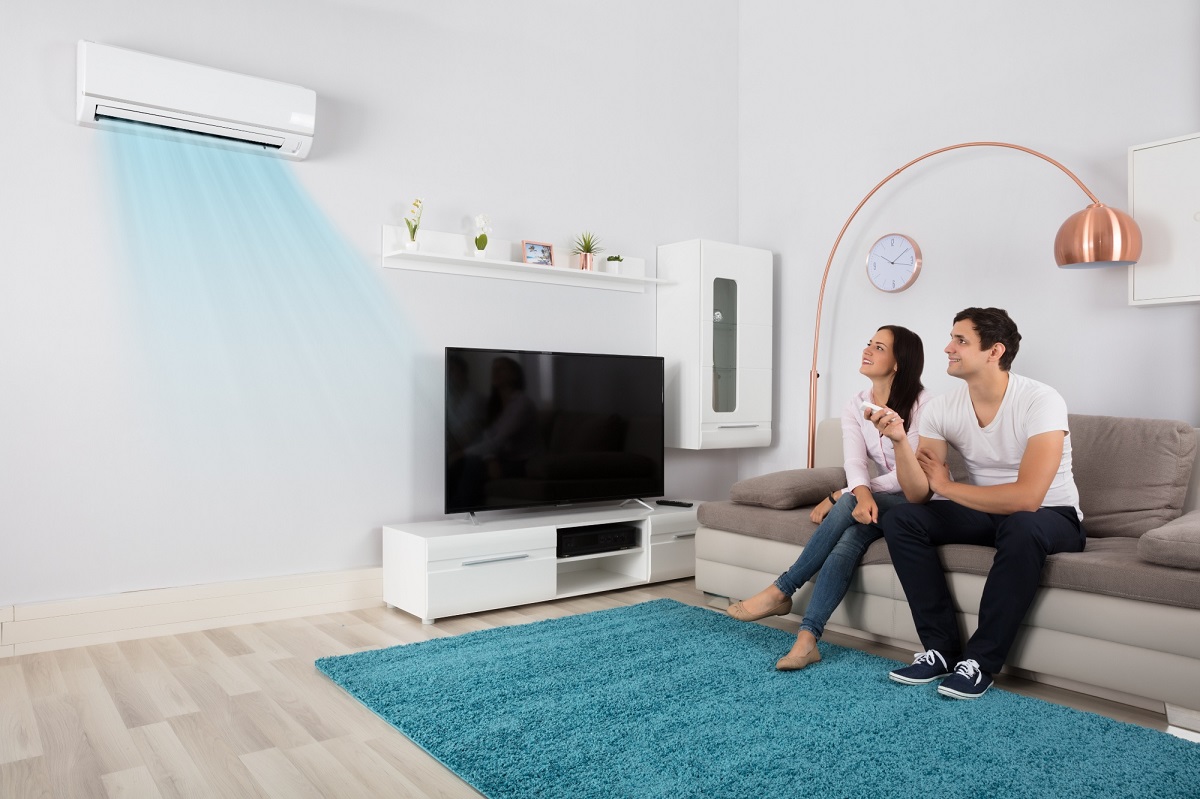
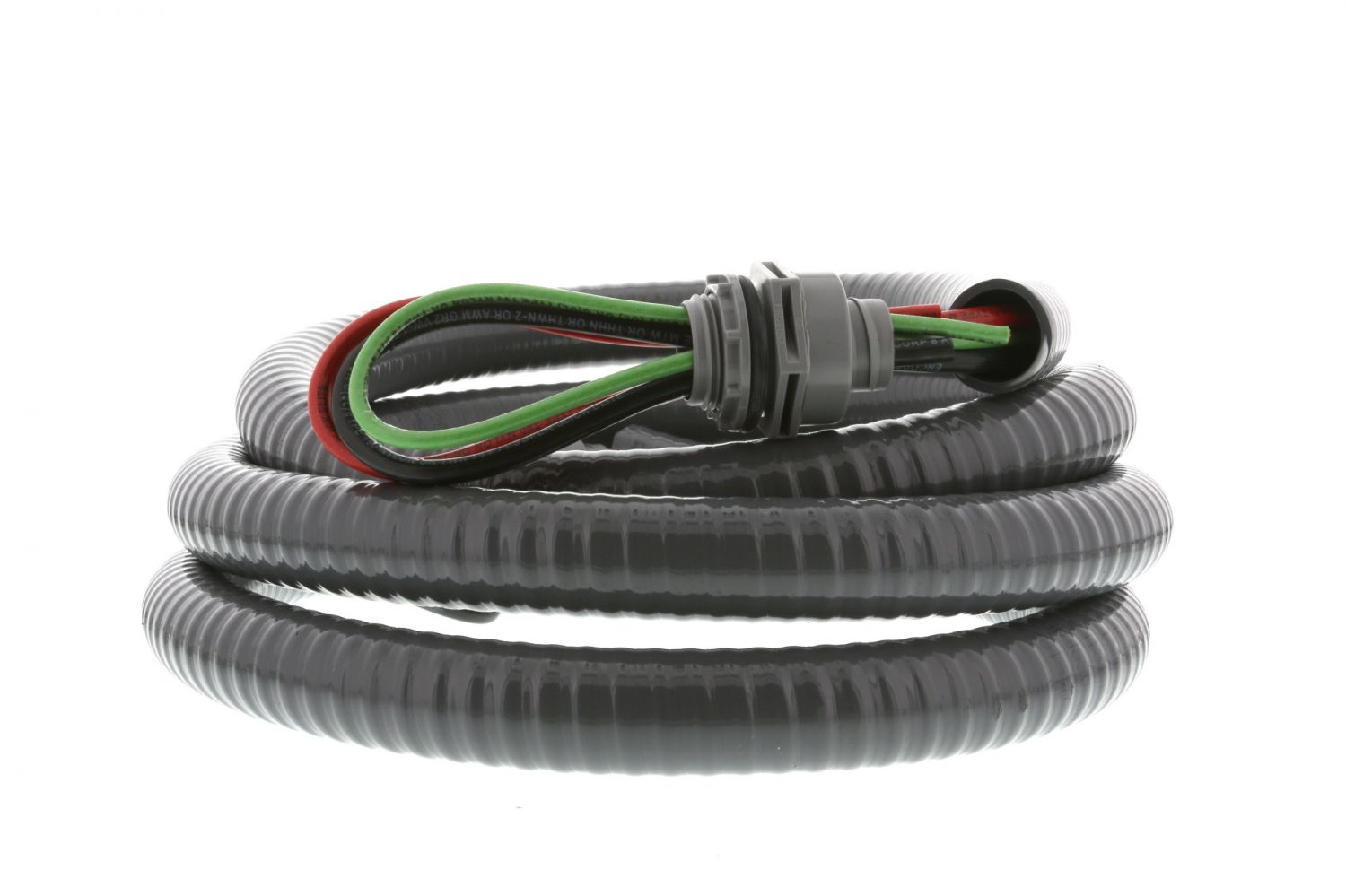
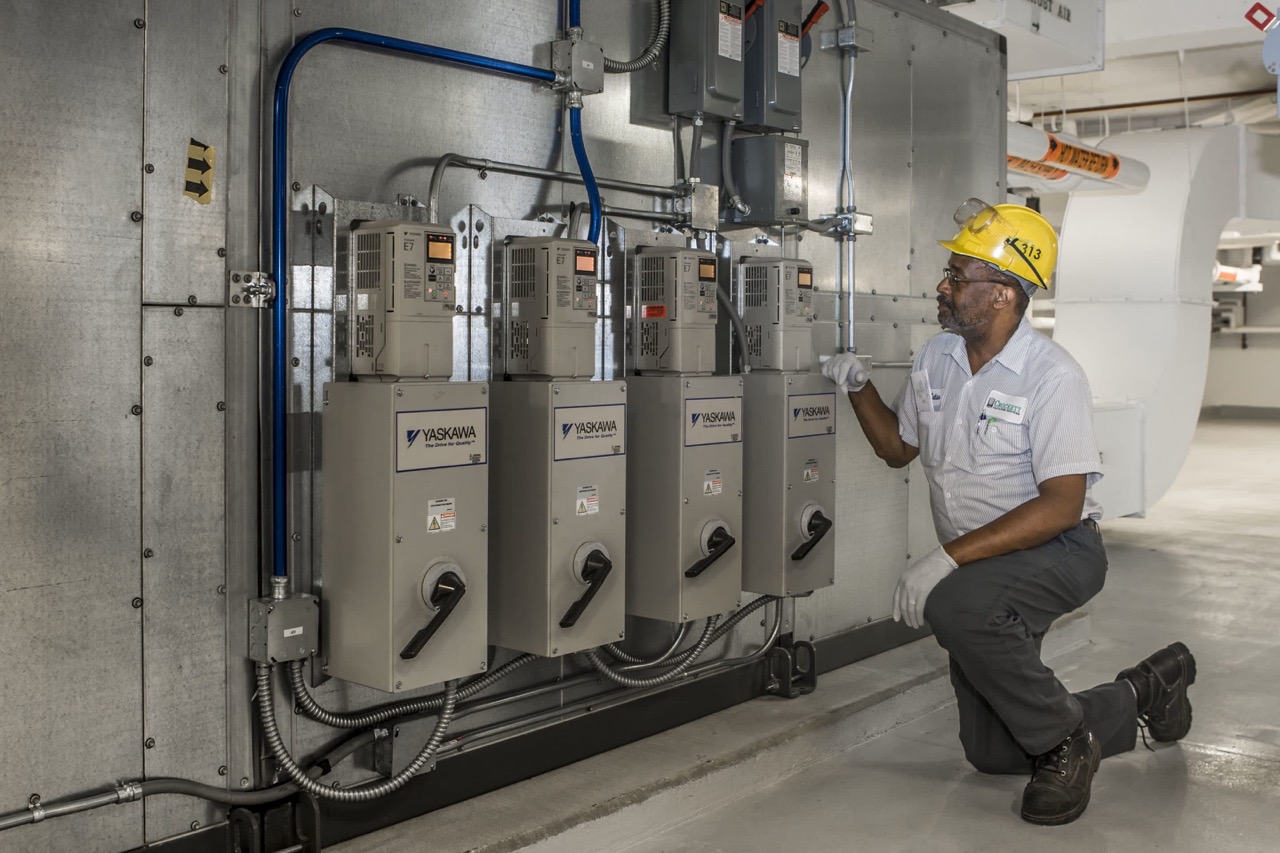
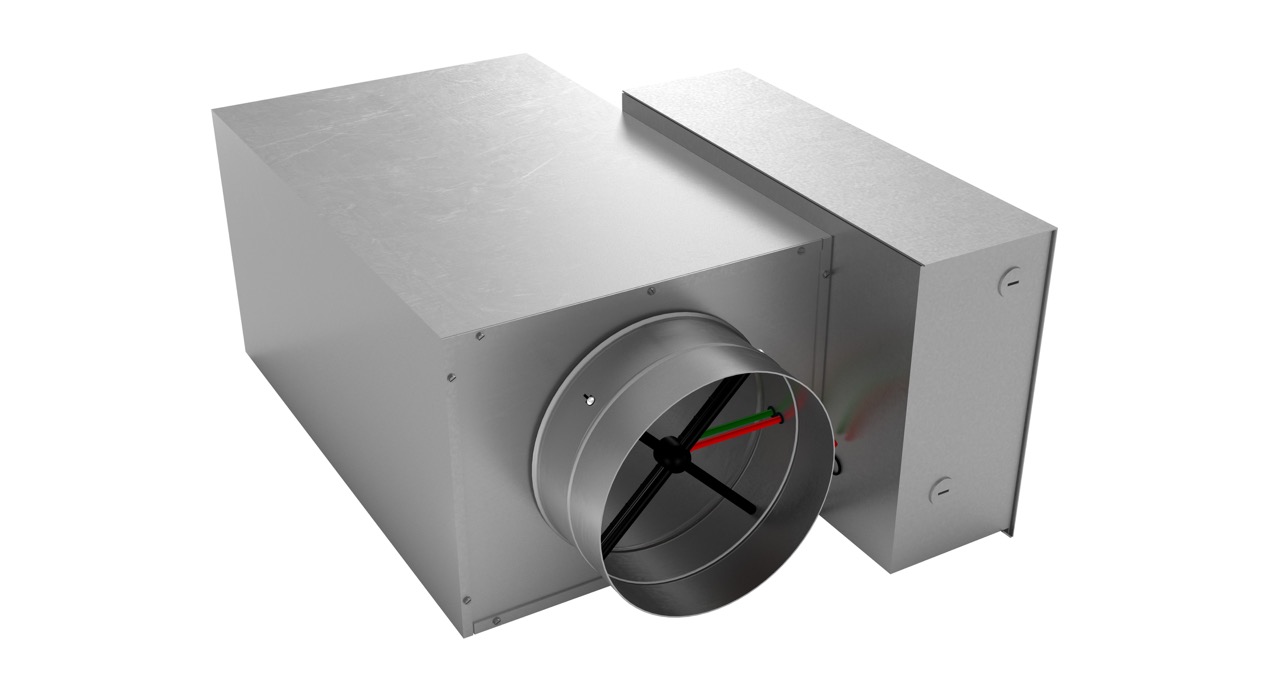
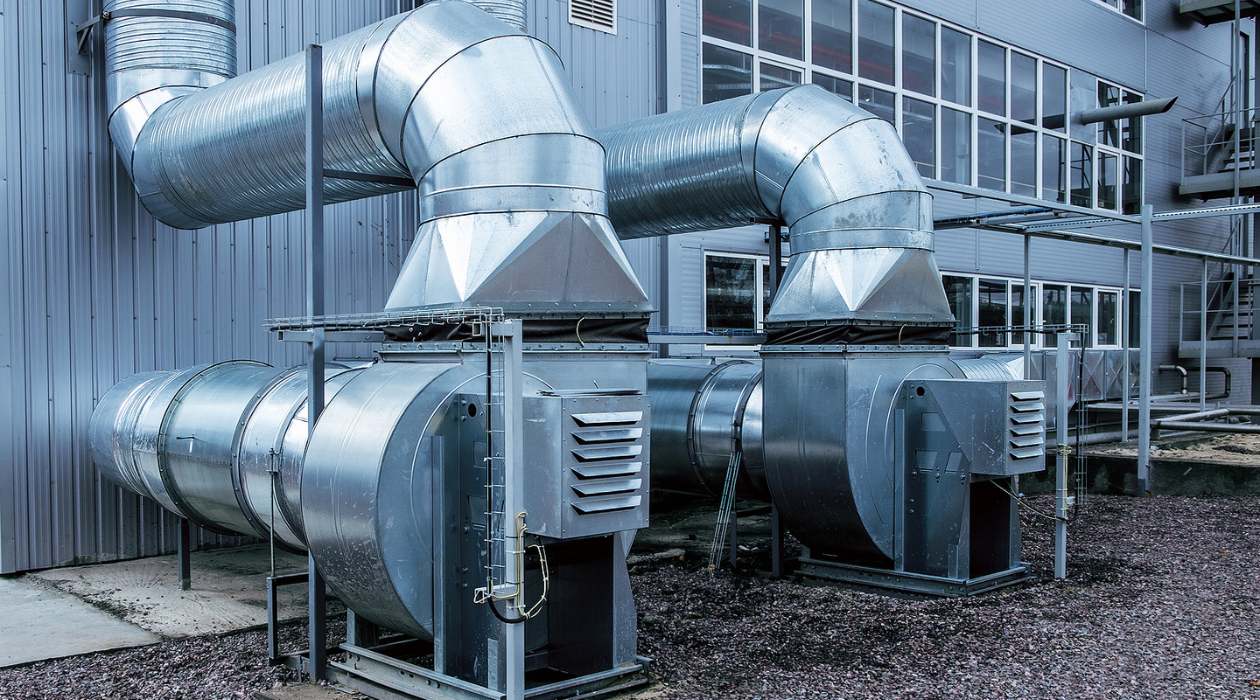
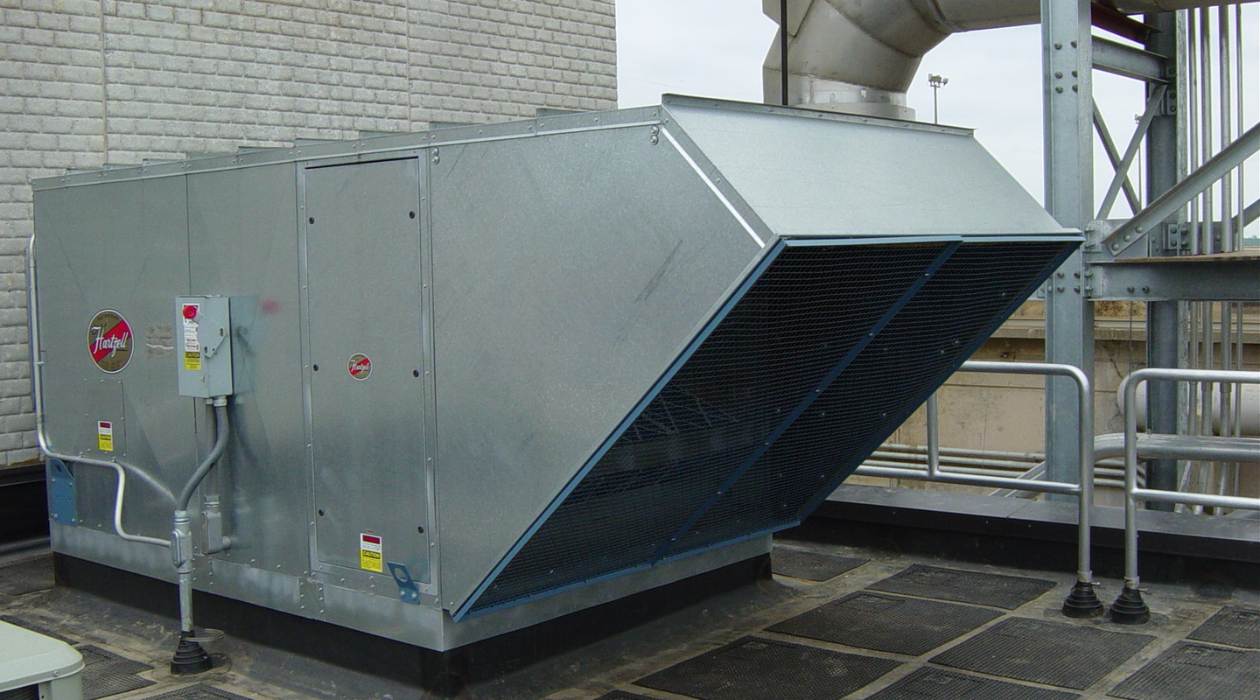
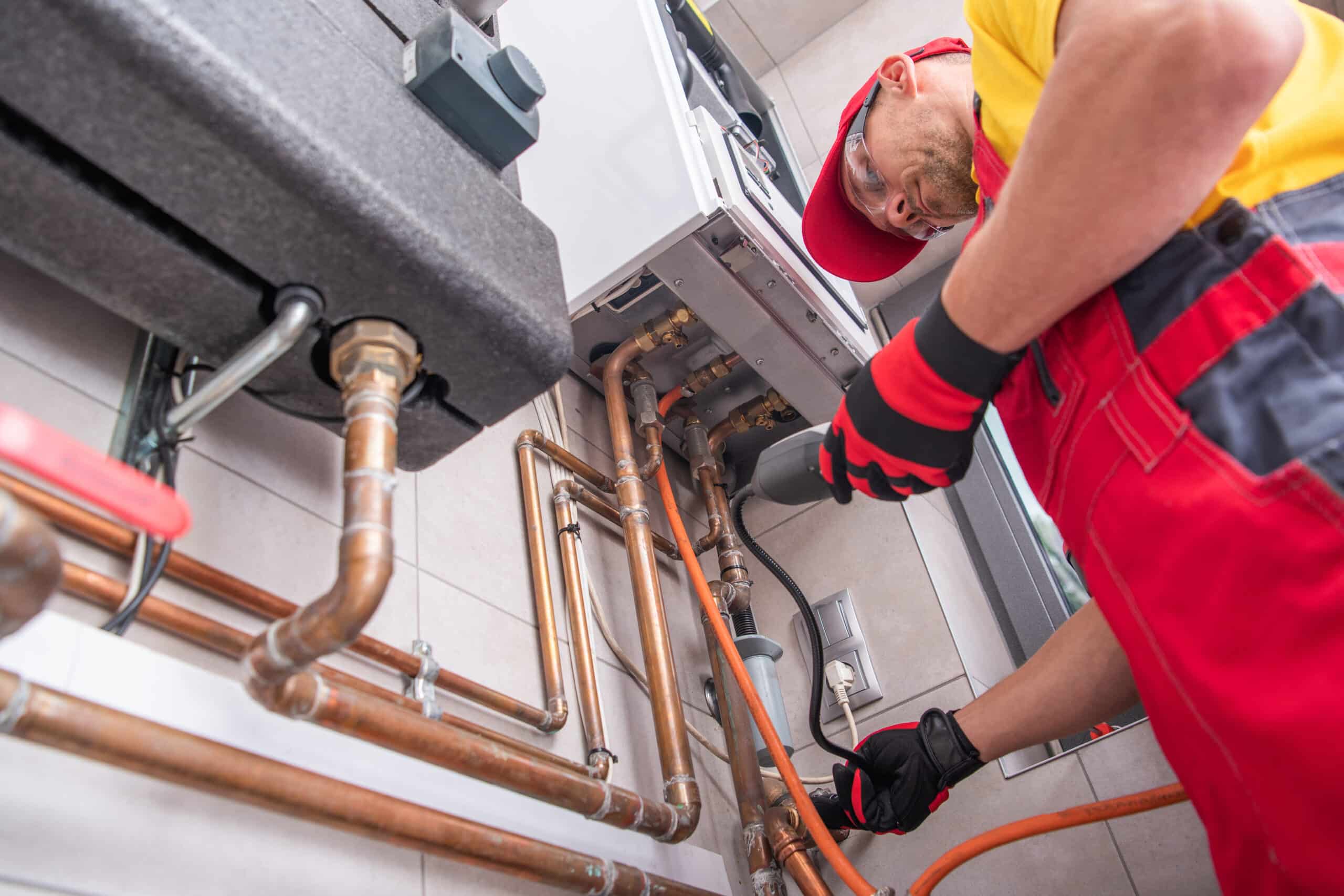
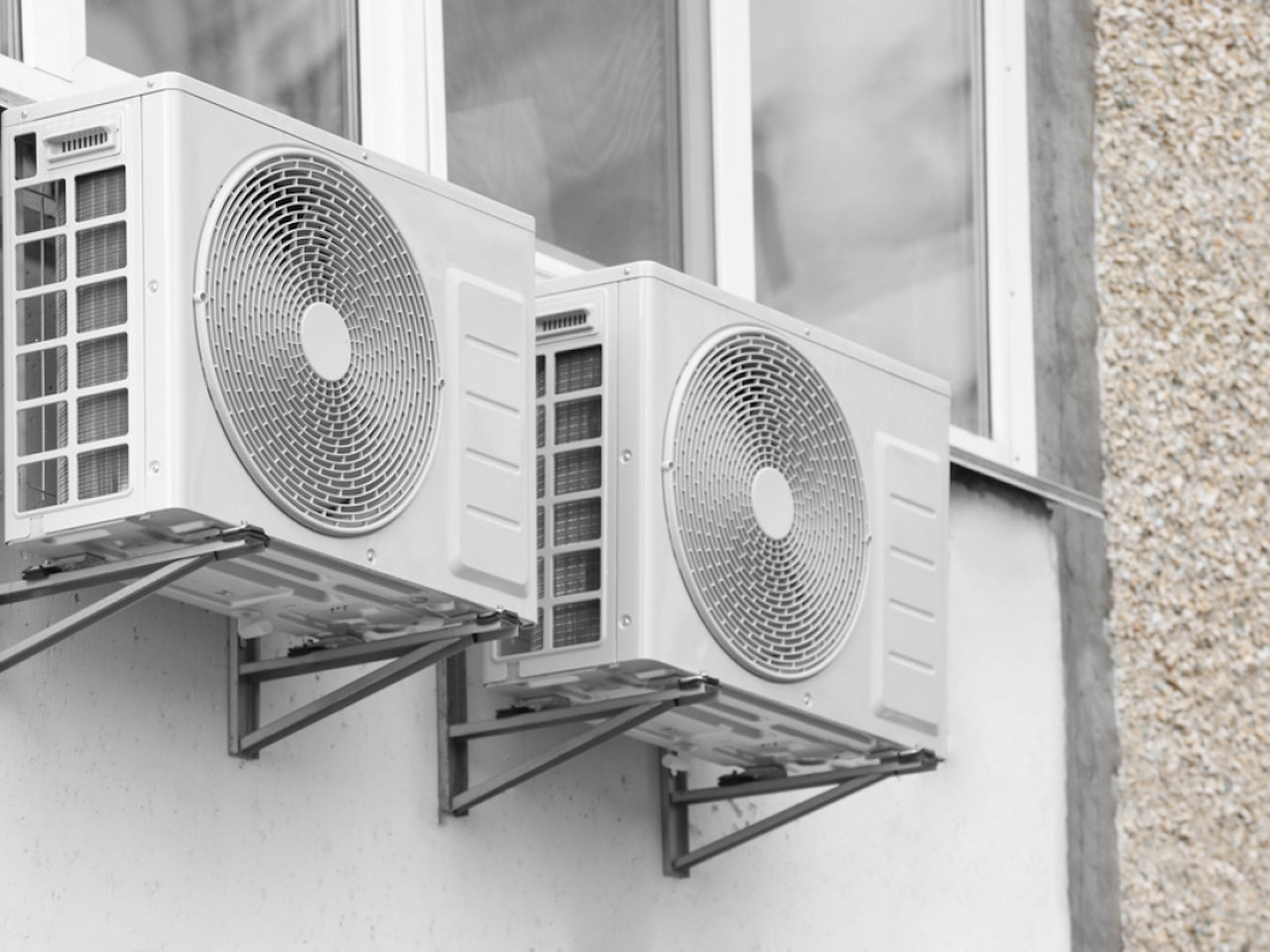
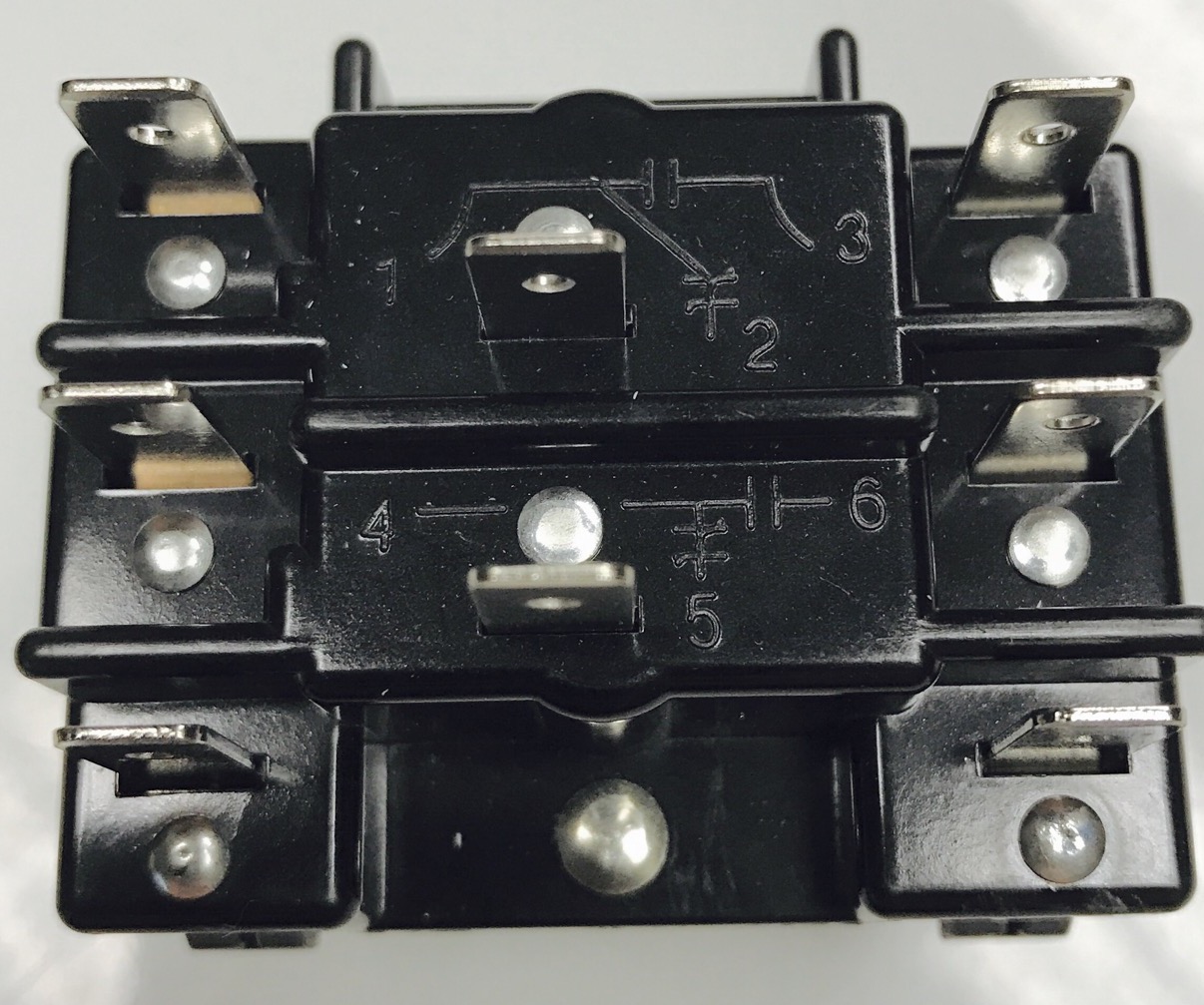
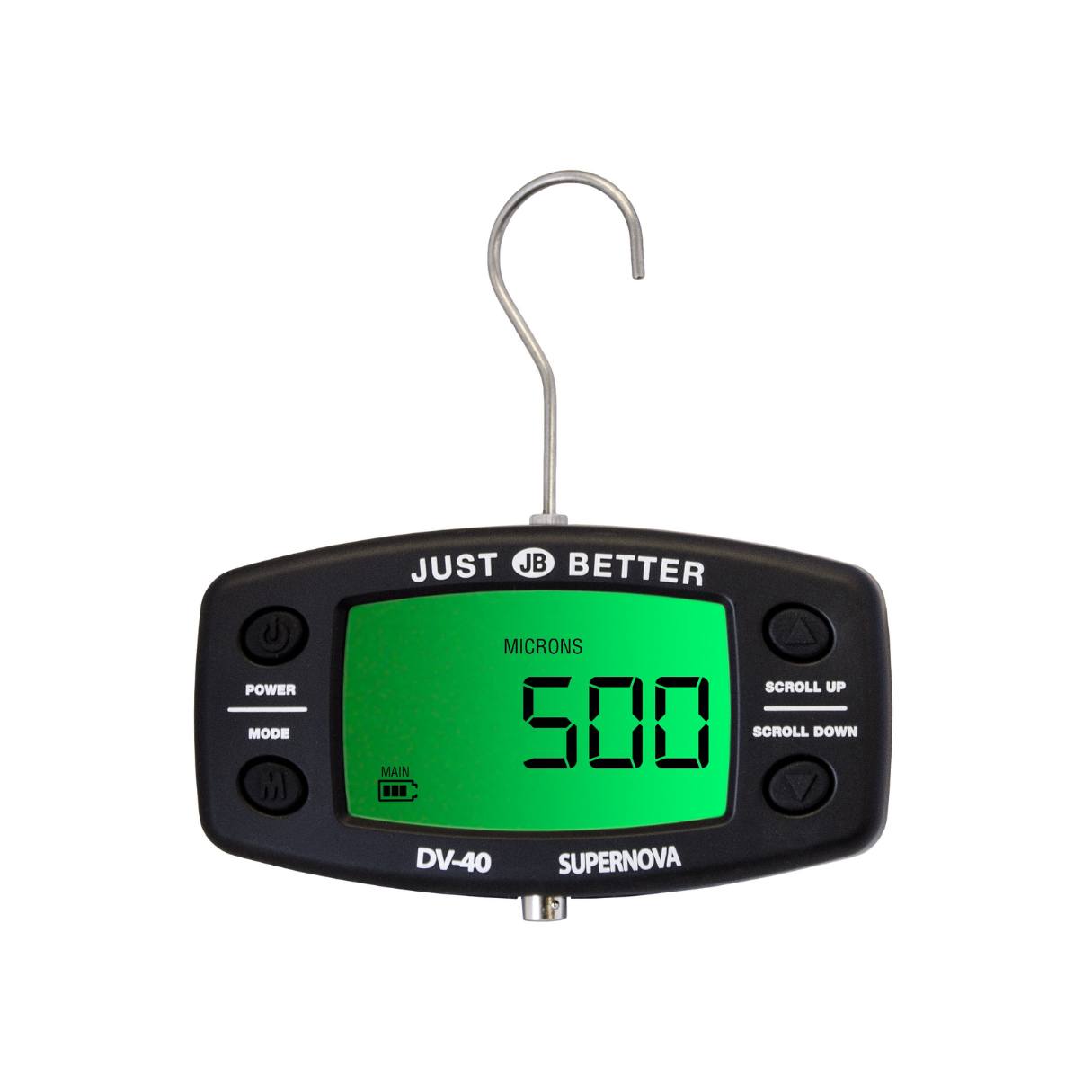
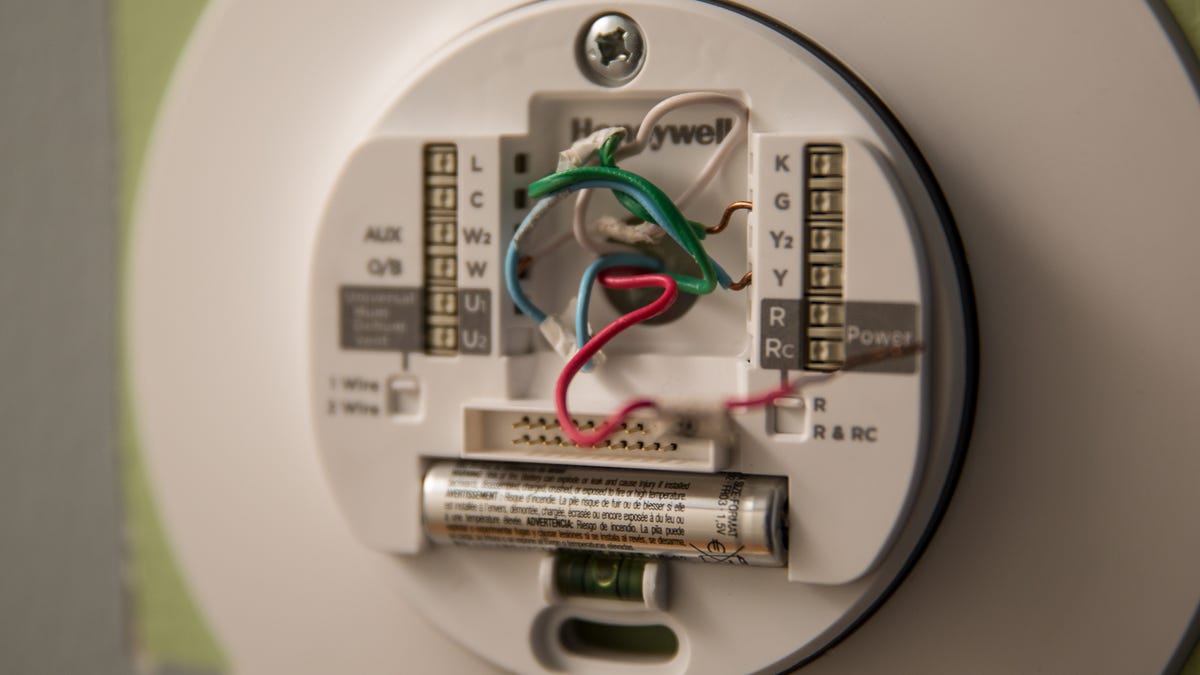
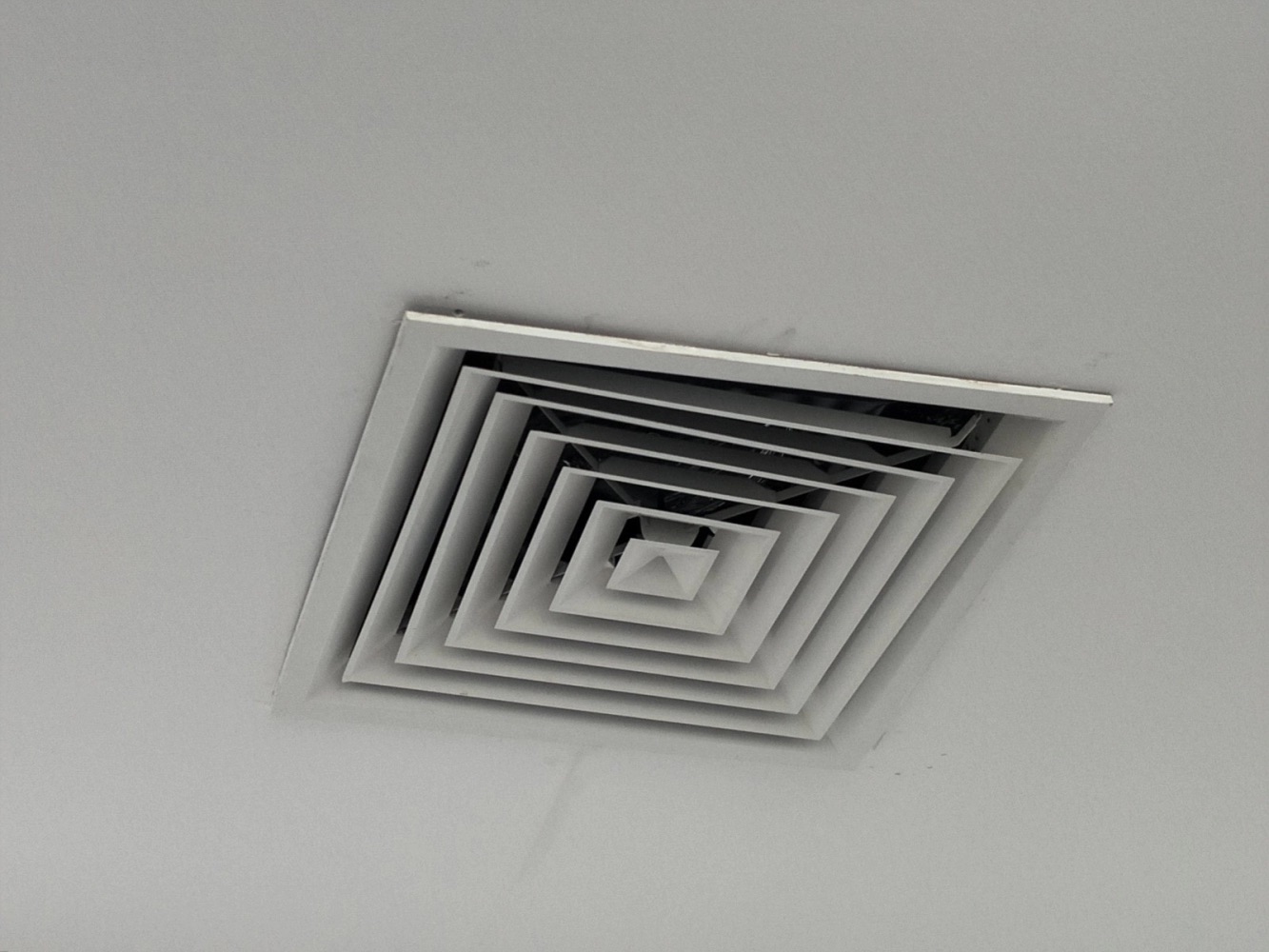
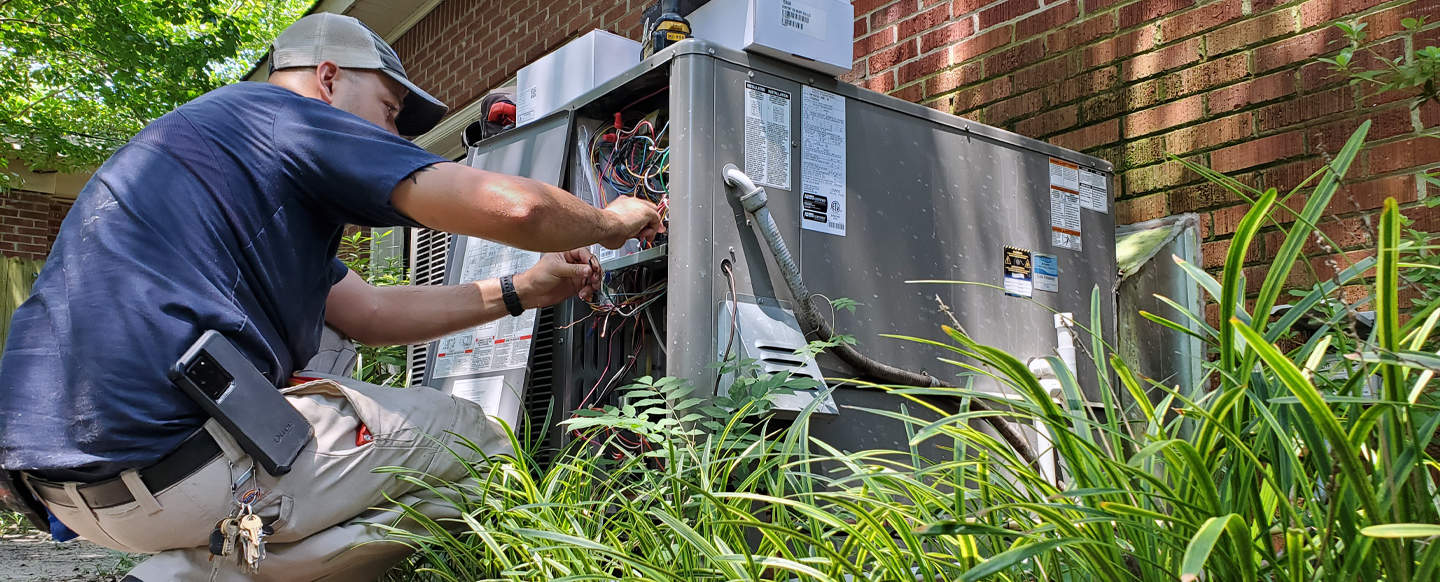
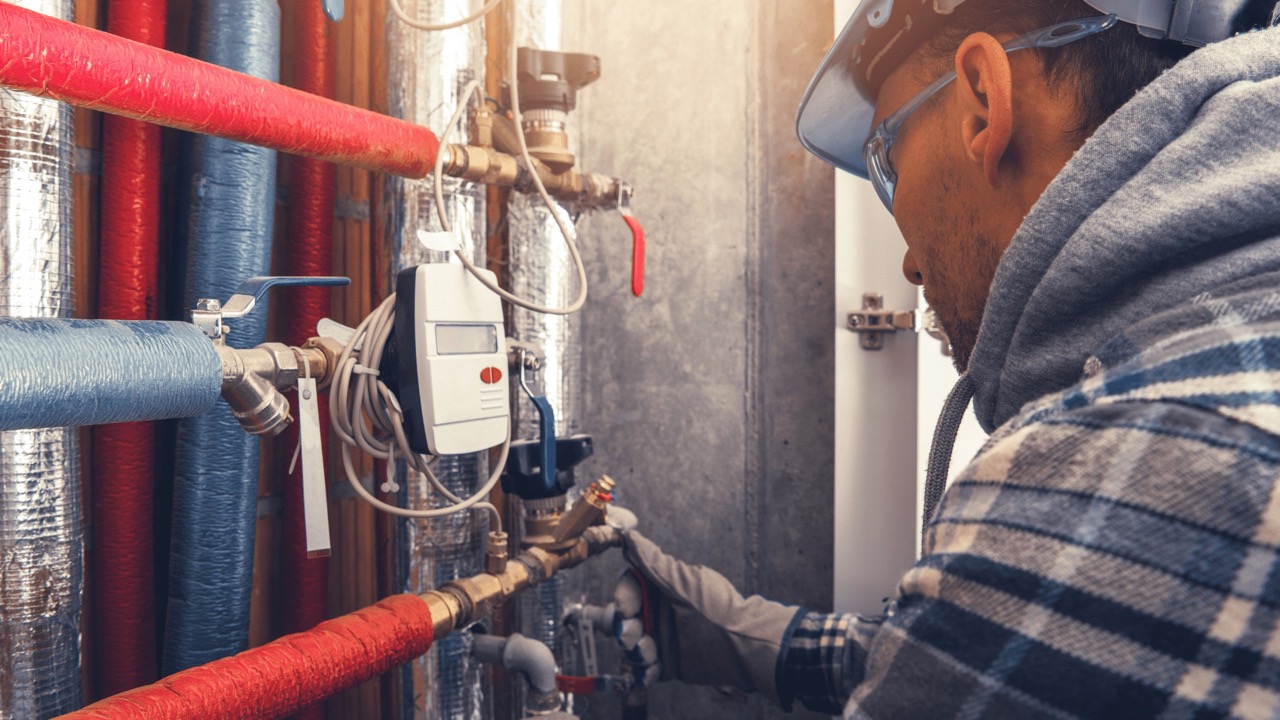

0 thoughts on “What Is A HVAC Split System”